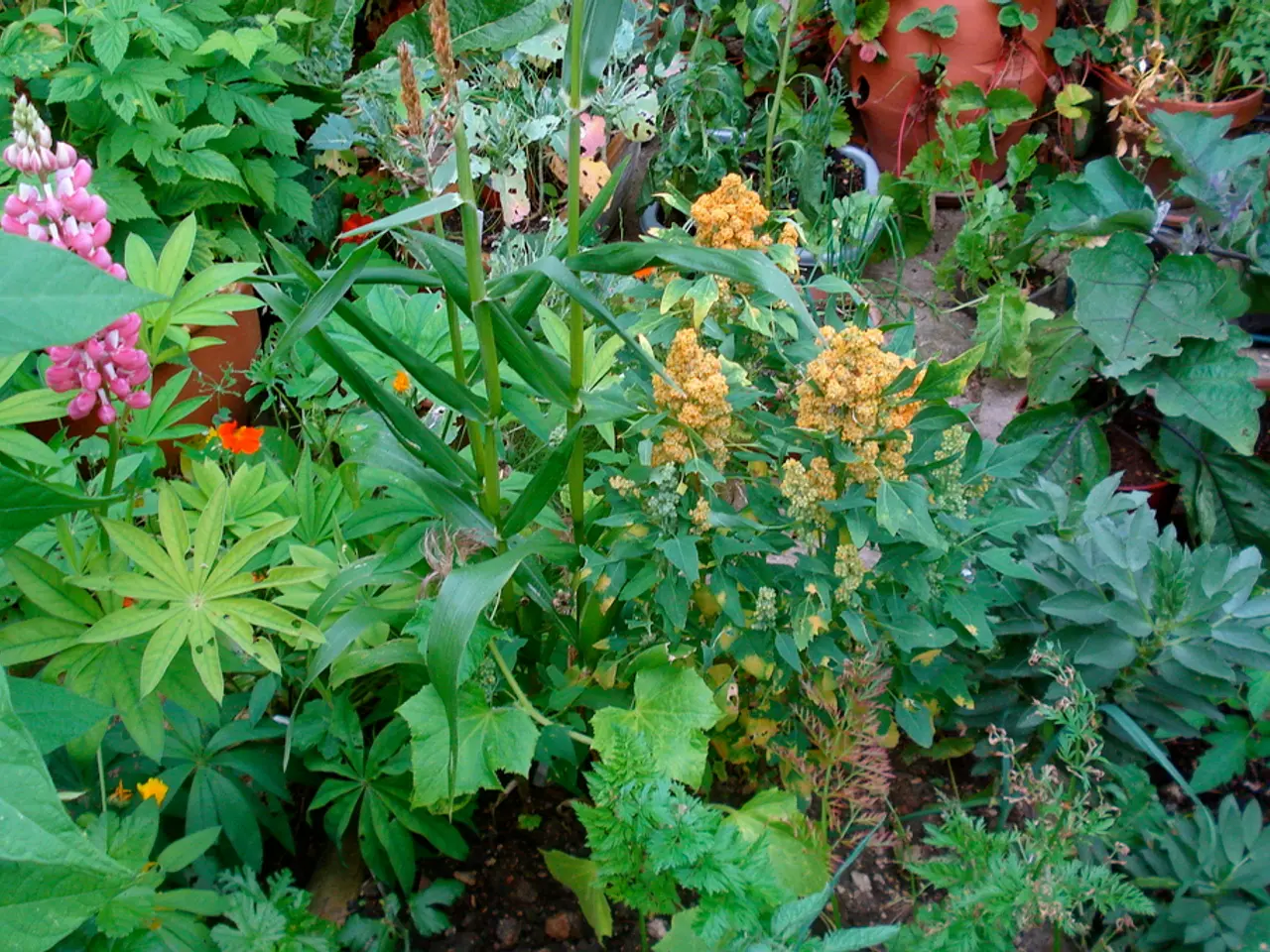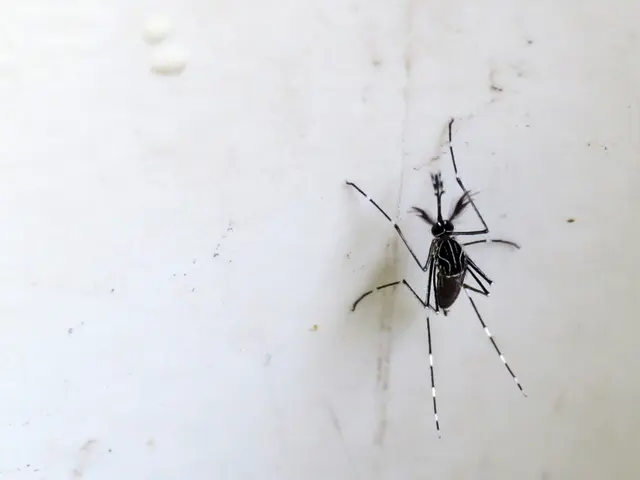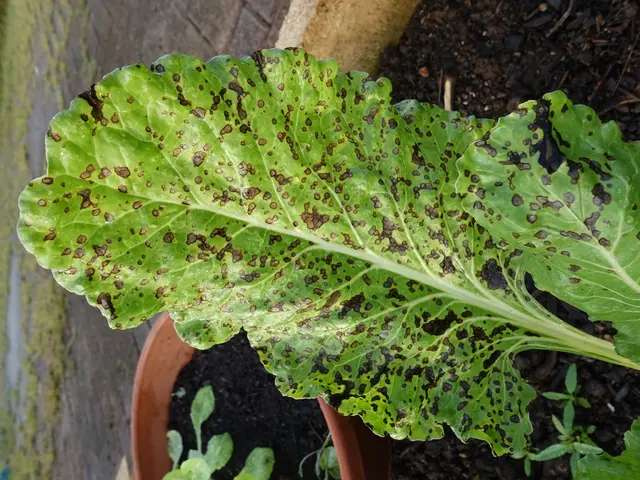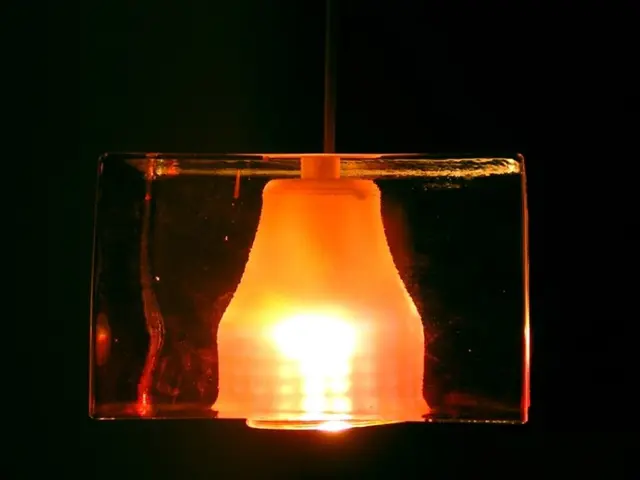Practical Advice for Novice Green Thumbs: Transforming Your Backyard into a blooming haven
Gardening is more than just plants, water, and sunlight. When selecting the ideal spot for your garden, you've got to consider multiple crucial elements. Firstly, assess the amount of direct sunlight your potential plot receives. A minimum of six hours daily is a must for most plants. Choose a sun-soaked spot that basks in rays all day long.
Proximity to water sources is another vital aspect. A garden close to a water supply makes maintenance a breeze, eliminating the hassle of lugging watering cans or hoses far and wide. But don't forget to take note of the soil quality. A fertile, well-draining soil bed is essential for nourishing your plants, especially if you're planning on growing veggies or flowers.
Before plunging your hands into the earth, consider the vicinity of those towering trees and bushy shrubs. They can snatch up water and nutrients, potentially weighing your garden down. Accessibility is important, too. Make sure the spot you decide on is easily accessible for planting, weeding, and harvesting activities. By keeping these factors in mind, you'll establish a solid foundation for a thriving garden from the get-go.
Taking the Soil Test
Knowing your soil is the first step to successful gardening. Start by testing the pH level of your soil, which most plants prefer around 6 to 7. Using a pH testing kit from your local gardening store, you can easily determine the levels. Adjust as needed with the addition of lime for a higher pH or sulphur for a lower one.
Soil texture, made up of sand, silt, and clay particles, is next on the agenda. Sand drains quickly but lacks nutrient retention, while clay retains too much water, potentially becoming waterlogged. Loamy soil is the ideal balancing act, holding water and nutrients while providing good drainage.
Lastly, don't forget about nutrient content. Compost or well-rotted manure can boost nutrient levels, offering plants the essential elements they need. Understand your soil, and you'll give your plants the nutrients they need to flourish.
Choosing the Right Plants
Selecting plants that suit your garden's unique conditions is key to a lush, vibrant garden. First, consider your climate and growing conditions—some plants prefer warm, sunny locations, while others thrive in cooler temperatures and shade. Go for plants that fit right in with your environment.
If your garden space is limited, opt for smaller plants or vertical growers like climbing beans or tomatoes. If space isn't an issue, you can explore a wider variety and even create sections for different types of plants. Let your preferences guide your garden—grow veggies for your family, create a colorful flower garden, or attract pollinators.
Watering and Fertilizing
Water, water everywhere, but how do you keep it right? Water deeply but infrequently, promoting deep root growth and drought tolerance. Watering in the morning or evening when temperatures are cooler reduces evaporation, ensuring the water reaches the roots where it's needed most.
Fertilizing keeps your plants well-fed. Organic options like compost or well-rotted manure make excellent additions to your garden, providing a slow release of nutrients over time. Be careful not to go overboard with fertilizers, as it can lead to excessive foliage growth at the expense of flowers or fruit.
Pruning and Maintenance
Take care of your plants by trimming dead or diseased branches and encouraging new growth through regular pruning. Understand that some plants require more frequent pruning than others, such as fruit trees needing annual pruning. Regular maintenance tasks like weeding, mulching, and deadheading flowers keep your garden looking sharp.
Battling Pests and Diseases
The first line of defense against garden pests and diseases is good garden hygiene. Remove dead or diseased plant material promptly. Encourage beneficial insects like ladybugs and lacewings, which dine on common garden pests like aphids and caterpillars by planting nectar-rich flowers or providing bug hotels. When pests or diseases do rear their ugly heads, opt for organic solutions like neem oil or insecticidal soap, minimizing harm to beneficial insects.
Savoring the Harvest
After all the hard work—planning, planting, watering, fertilizing, pruning, maintaining, and battling pests—it's finally time to reap the rewards. Whether it's fresh veggies from the kitchen garden or beautiful blooms in your flower garden, celebrate the fruits of your labor. Share your homegrown produce with friends and family or arrange bouquets from your own garden.
Taking the time to appreciate your garden's beauty is essential. Don't forget to take some well-deserved breaks, sit back, and admire the fruits of your labor. And when cooking up a storm with your fresh produce, rest assured in the knowledge that you've grown it yourself, from seed to plate.
Adding a home-and-garden touch to your lifestyle will enhance your outdoor space. By choosing the right plants, you can create a beautiful and lush garden that suits your unique conditions. Ensure a successful garden by understanding your soil, as it provides essential nutrients for your plants. Knowing the pH level, soil texture, and nutrient content will give your plants the best possible start. Incorporating a mix of vegetables, flowers, and even vertical growers will make your garden a vibrant and thriving part of your home-and-garden lifestyle.








